Home>Articles>What Temperature For French Toast In Electric Skillet
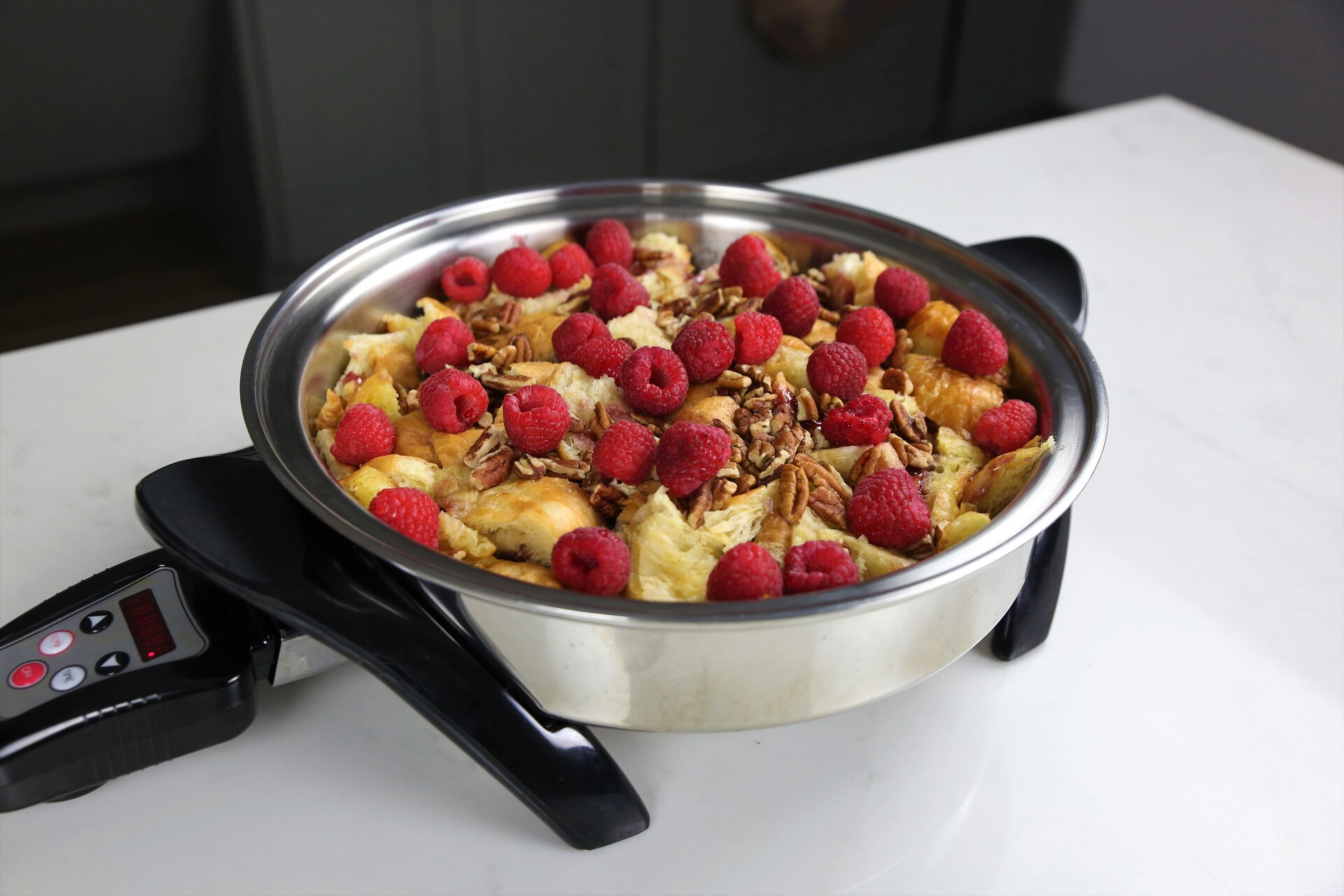

Articles
What Temperature For French Toast In Electric Skillet
Modified: December 6, 2023
Learn the best temperature for making delicious French toast in an electric skillet. Discover helpful articles and tips to achieve the perfect golden brown toast.
(Many of the links in this article redirect to a specific reviewed product. Your purchase of these products through affiliate links helps to generate commission for Storables.com, at no extra cost. Learn more)
Introduction
French toast is a beloved breakfast dish that is enjoyed by people all over the world. Made with slices of bread soaked in a mixture of eggs and milk, and then cooked until golden and delicious, French toast is a classic morning staple. While traditionally cooked on a stovetop, many people nowadays opt for using an electric skillet to make their French toast. This handy kitchen tool offers precise temperature control and even heat distribution, resulting in perfectly cooked French toast every time.
However, one common question that arises when using an electric skillet to make French toast is: what temperature should you set it to? The temperature at which you cook your French toast can greatly impact the final result, affecting the texture, color, and taste of the dish. In this article, we will discuss the factors that can influence the temperature for French toast in an electric skillet and provide some recommendations for achieving the perfect French toast.
Key Takeaways:
- Achieve perfect French toast in an electric skillet by setting the temperature between 325°F and 375°F, ensuring even cooking and a golden, crispy exterior. Experiment with flavors and toppings for a unique breakfast delight.
- Consider factors like bread thickness and egg-milk ratio when determining the optimal temperature for French toast in an electric skillet. Preheat the skillet, soak the bread properly, and cook in batches for delicious results.
Factors affecting the temperature for French toast in an electric skillet
When it comes to cooking French toast in an electric skillet, several factors can influence the optimal temperature to set. Here are some key factors to consider:
- Type of electric skillet: Different models of electric skillets may have varying heat distribution and temperature settings. It is essential to familiarize yourself with your specific electric skillet’s features and temperature controls to ensure accurate cooking.
- Thickness of bread slices: The thickness of the bread slices used for French toast can impact the cooking time and temperature required. Thicker slices will require a slightly lower temperature and longer cooking time to ensure that the inside is properly cooked without burning the outside.
- Mixture of eggs and milk: The ratio of eggs and milk in the soaking mixture can affect cooking temperature. A higher proportion of eggs to milk will result in a denser, custard-like French toast, which may require a slightly lower cooking temperature to ensure thorough cooking without scorching the exterior.
- Desired texture: The desired texture of French toast can vary from person to person. Some prefer a softer and custard-like interior, while others prefer a firmer and slightly drier texture. The cooking temperature can be adjusted accordingly to achieve the desired consistency.
- Personal preference: Ultimately, personal preference plays a significant role in determining the temperature for French toast. Some individuals may like their French toast to have a golden and crispy exterior, while others may prefer a lighter and less browned appearance. Adjusting the cooking temperature can help cater to individual taste preferences.
Considering these factors will help you determine the optimal temperature for cooking French toast in your specific electric skillet. However, it is important to note that experimentation and adjusting the temperature based on visual cues and personal preference may be necessary to achieve the perfect result.
Recommended temperature for French toast in an electric skillet
While precise temperature recommendations may vary depending on individual preferences and specific electric skillet models, a general guideline for cooking French toast in an electric skillet is to set the temperature between 325°F (163°C) and 375°F (190°C). This range allows for even cooking, ensuring that the interior is cooked through while achieving a golden and crispy exterior.
Setting the electric skillet to a medium heat setting, around 350°F (177°C), is a good starting point for most electric skillets. This temperature allows for gradual cooking and browning without the risk of burning the French toast. It is essential to preheat the electric skillet before adding the prepared French toast slices to ensure even cooking throughout.
Once the skillet reaches the desired temperature, generously grease the surface with butter or oil to prevent sticking. Place the soaked bread slices in the skillet and cook for approximately 3-4 minutes on each side, or until golden brown. Keep a close eye on the French toast while cooking, adjusting the temperature slightly if needed to prevent burning or undercooking.
Remember, these temperature recommendations are not set in stone. Depending on your preference for a softer or firmer texture, you can slightly adjust the temperature up or down. It is always a good idea to do a test batch of French toast to gauge the cooking time and temperature that works best with your electric skillet. This will help you achieve consistent and delicious results with each cooking session.
Set your electric skillet to a medium heat, around 350°F, for perfect French toast. This will ensure that the toast cooks through without burning on the outside.
Tips for achieving the perfect French toast in an electric skillet
To elevate your French toast game and achieve the perfect breakfast treat in your electric skillet, consider the following tips:
- Choose the right bread: Opt for bread that is slightly stale or a day old. This helps the bread absorb the egg mixture without becoming too soggy. Brioche, challah, or thick-sliced white bread are popular choices for French toast.
- Soak the bread properly: Ensure that each slice of bread is evenly coated in the egg and milk mixture. Soak each slice for about 20-30 seconds on each side, allowing the bread to fully absorb the mixture without becoming overly saturated.
- Add flavorings and spices: Enhance the flavor of your French toast by adding a splash of vanilla extract, a pinch of cinnamon, or a sprinkle of nutmeg to the egg and milk mixture. These additions will infuse your French toast with delicious aromas and taste.
- Preheat the electric skillet: Give your electric skillet enough time to preheat before adding the soaked bread slices. Preheating ensures even cooking and helps to develop a nice crust on the French toast.
- Butter or oil the skillet: Before placing the bread slices in the skillet, generously grease the surface with butter or oil. This not only prevents sticking but also adds flavor and helps achieve a crispy exterior.
- Cook in batches: To avoid overcrowding the electric skillet, cook the French toast in batches. This allows for better heat circulation and ensures that each slice cooks evenly.
- Flip gently: When it’s time to flip the French toast, use a spatula and gently lift the slice. Avoid pressing down on the bread, as this can cause it to deflate or become too compact.
- Keep cooked slices warm: As you finish cooking each batch, place the cooked French toast slices on a wire rack set over a baking sheet in a warm oven. This keeps them warm and prevents them from getting soggy while you finish cooking the remaining slices.
- Serve with your favorite toppings: Finally, top off your perfectly cooked French toast with your favorite toppings. Maple syrup, fresh berries, powdered sugar, whipped cream, or even a dollop of Nutella can take your French toast to the next level of deliciousness.
By following these tips, you will be well on your way to achieving French toast perfection in your electric skillet. Adjusting the cooking temperature, experimenting with flavors, and adding your personal touch will make each batch uniquely delicious.
Conclusion
Cooking French toast in an electric skillet can be a delightful and convenient way to start your day with a delicious breakfast. By considering the factors that affect the temperature, following the recommended temperature guidelines, and incorporating helpful tips, you can achieve the perfect French toast every time.
Remember that the type of electric skillet, the thickness of bread slices, the mixture of eggs and milk, your desired texture, and personal preference all play a role in determining the optimal temperature for cooking French toast. It may require some trial and error to find the perfect balance, but with practice, you’ll become a master of making French toast in your electric skillet.
From choosing the right bread to properly soaking it in the egg mixture and preheating the skillet, paying attention to these details will result in French toast that is golden, crispy on the outside, and deliciously soft on the inside.
Don’t be afraid to get creative with additional flavors and toppings to customize your French toast to your liking. Whether you prefer a simpler approach with just a drizzle of maple syrup or a more decadent version with fresh fruits and whipped cream, the possibilities are endless.
So, go ahead and dust off your electric skillet, gather your ingredients, and embark on a delicious French toast adventure. With the right temperature, technique, and a sprinkle of creativity, you’ll be able to savor a satisfying and mouthwatering breakfast treat anytime you please.
Frequently Asked Questions about What Temperature For French Toast In Electric Skillet
Was this page helpful?
At Storables.com, we guarantee accurate and reliable information. Our content, validated by Expert Board Contributors, is crafted following stringent Editorial Policies. We're committed to providing you with well-researched, expert-backed insights for all your informational needs.
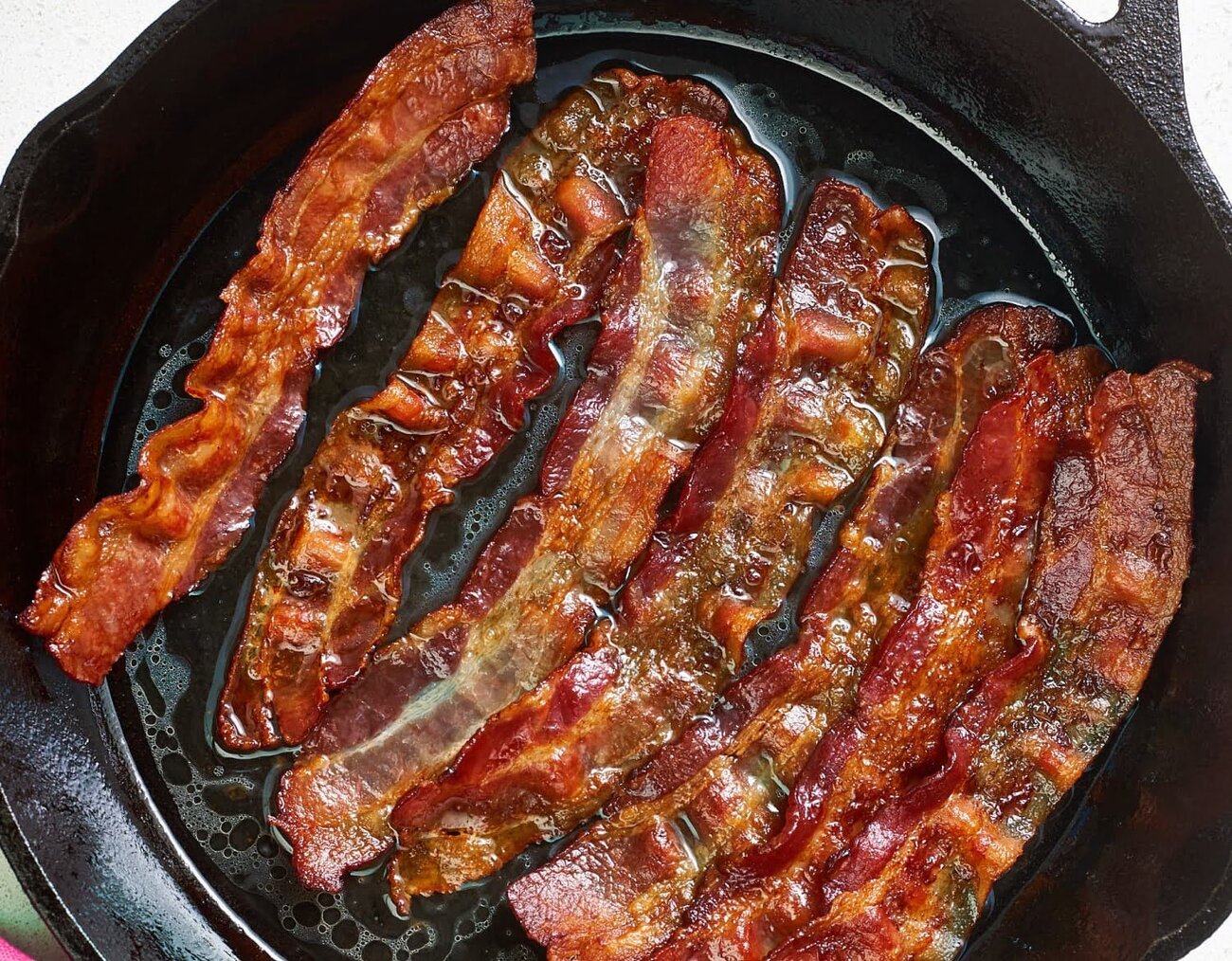
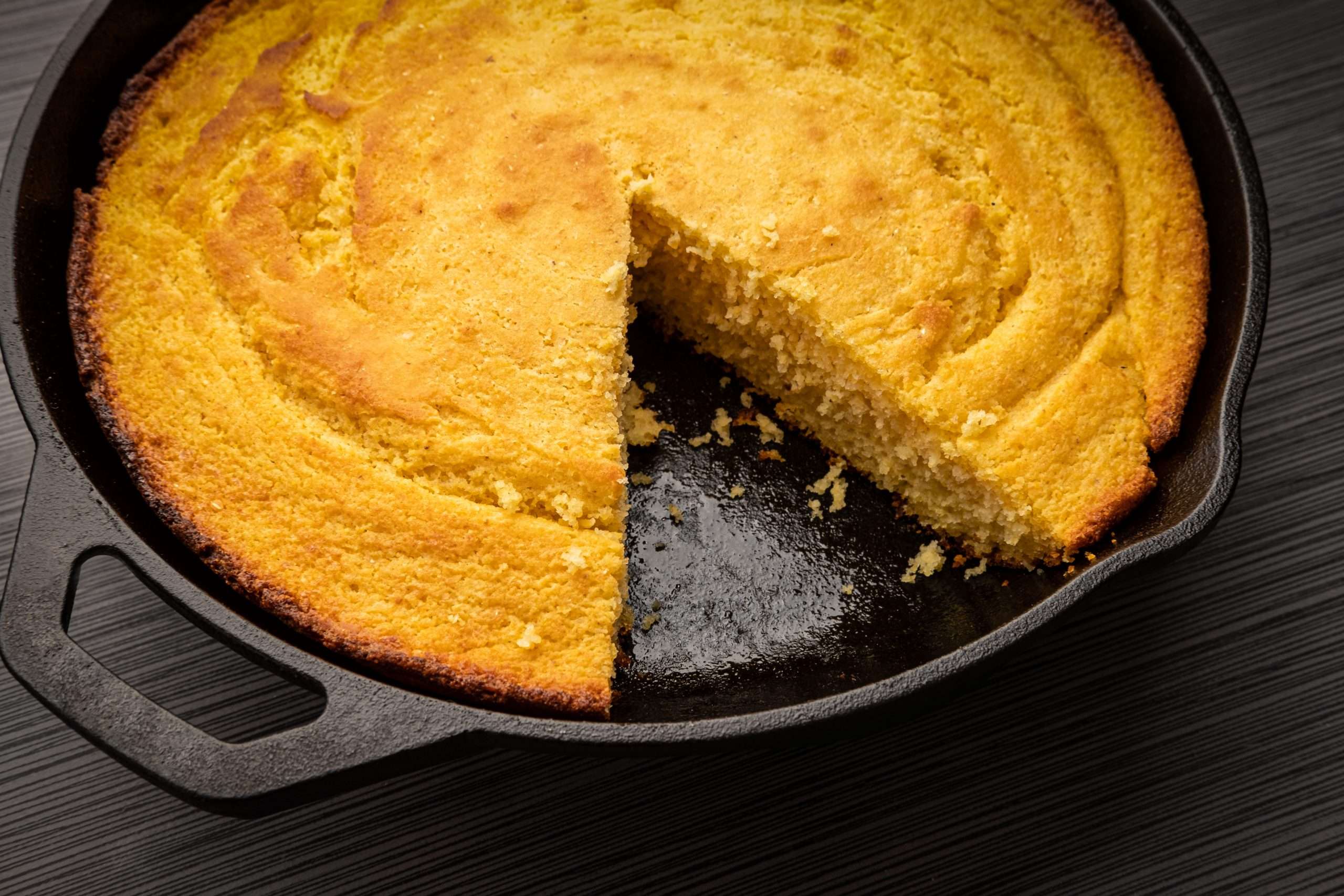
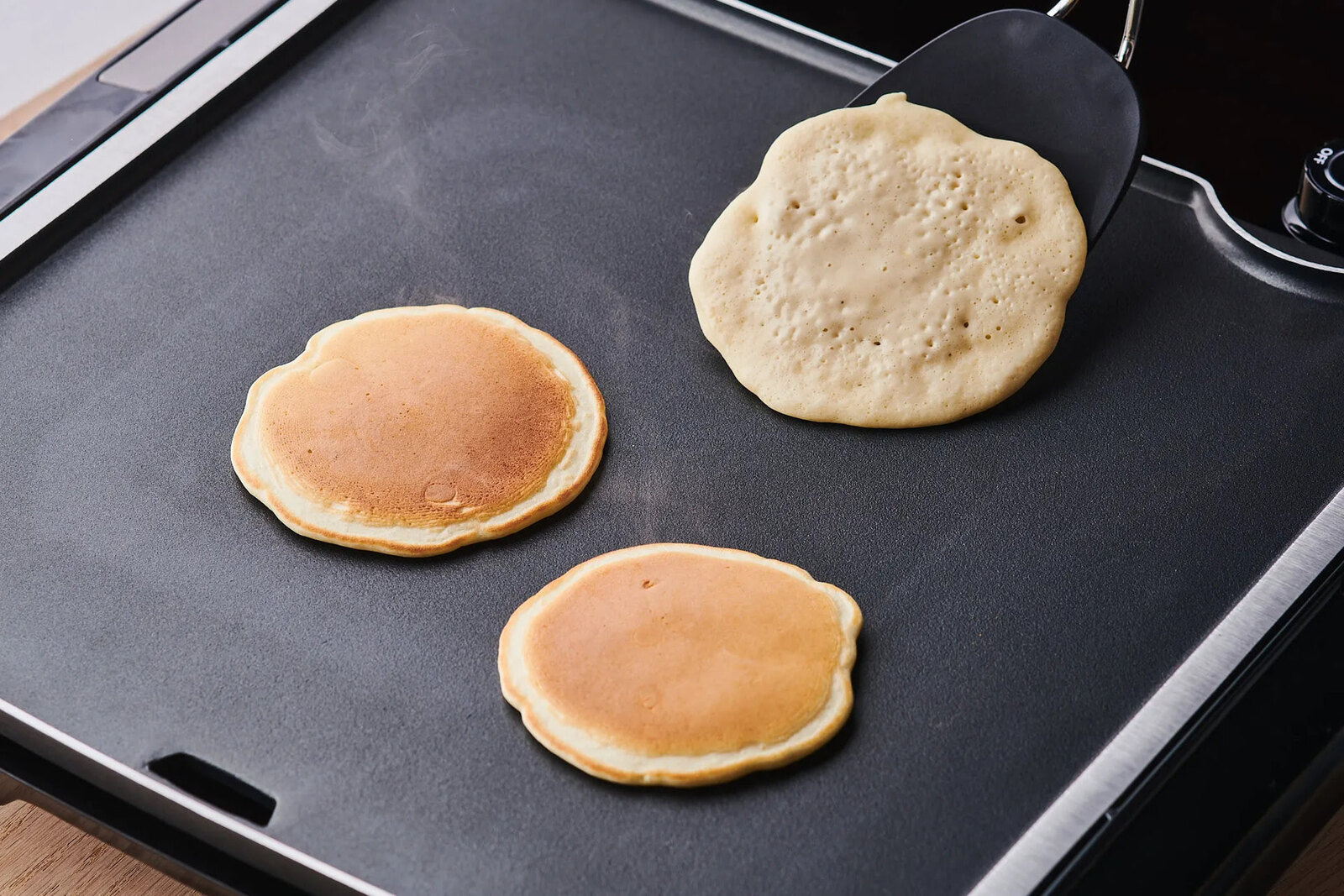
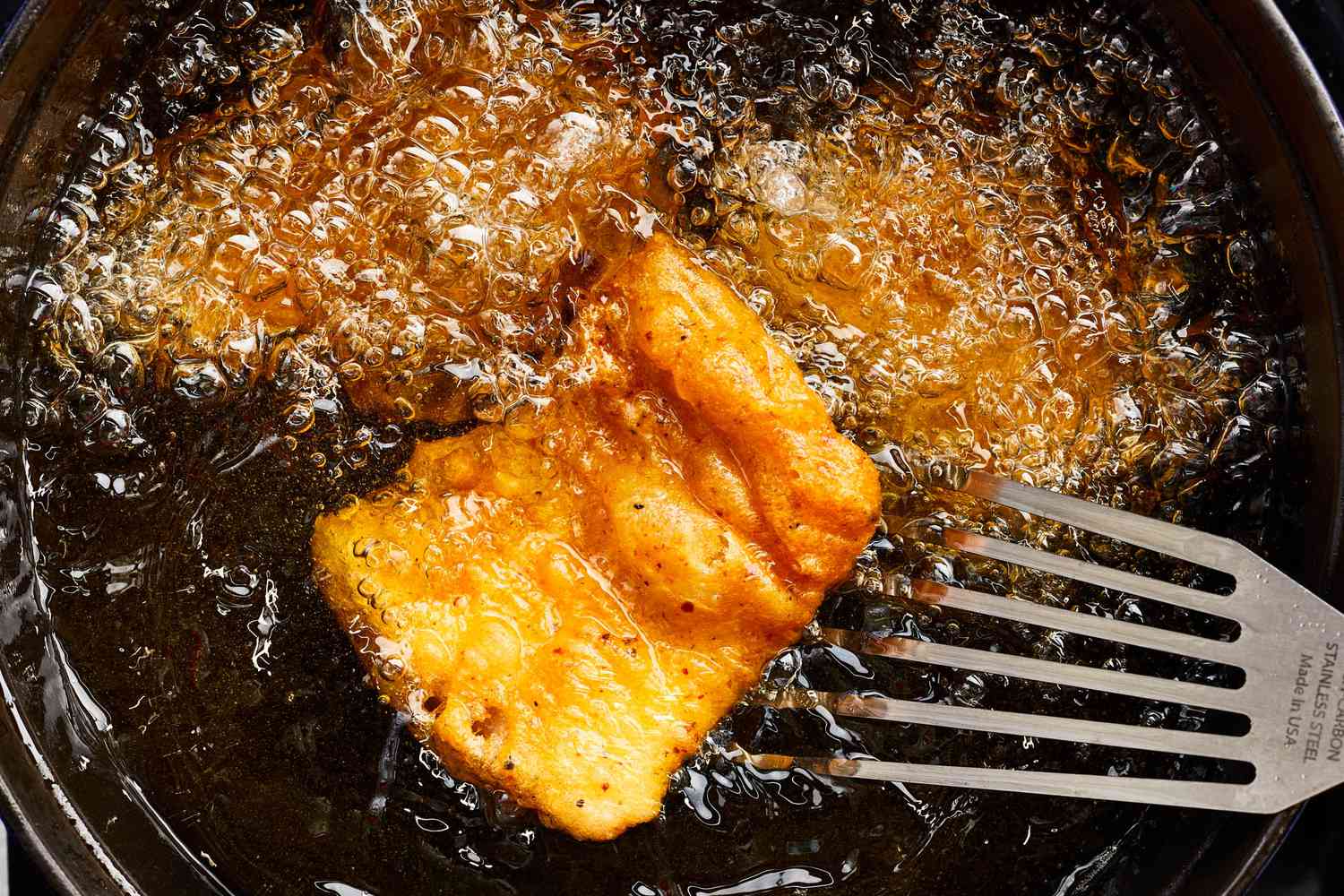

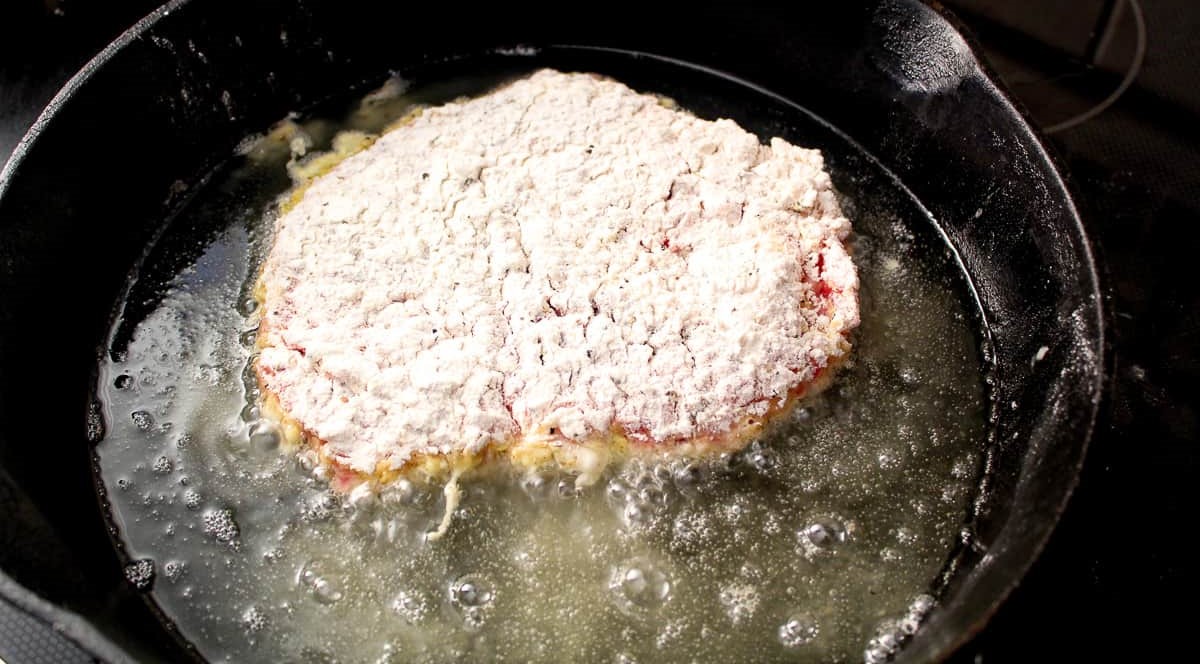
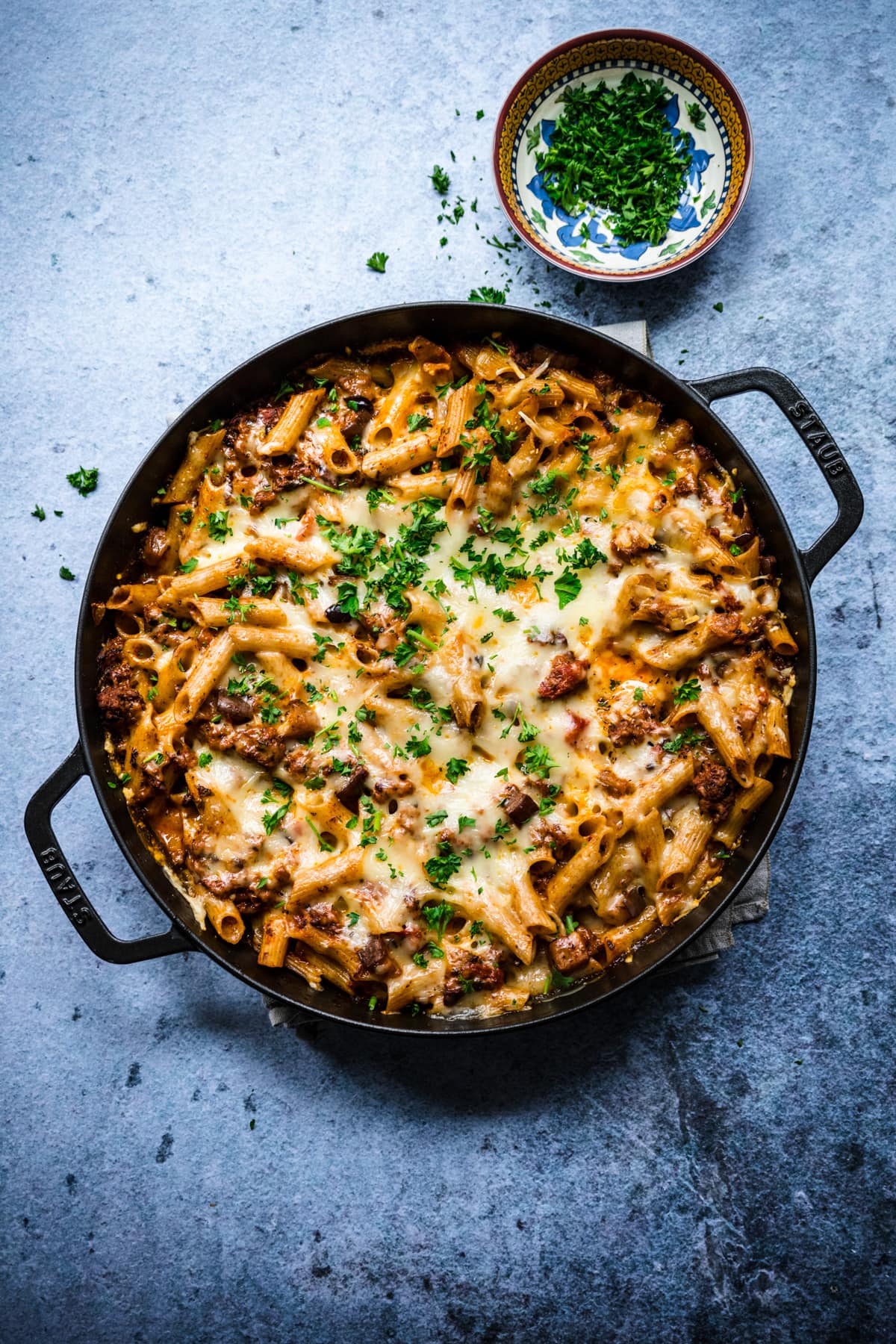
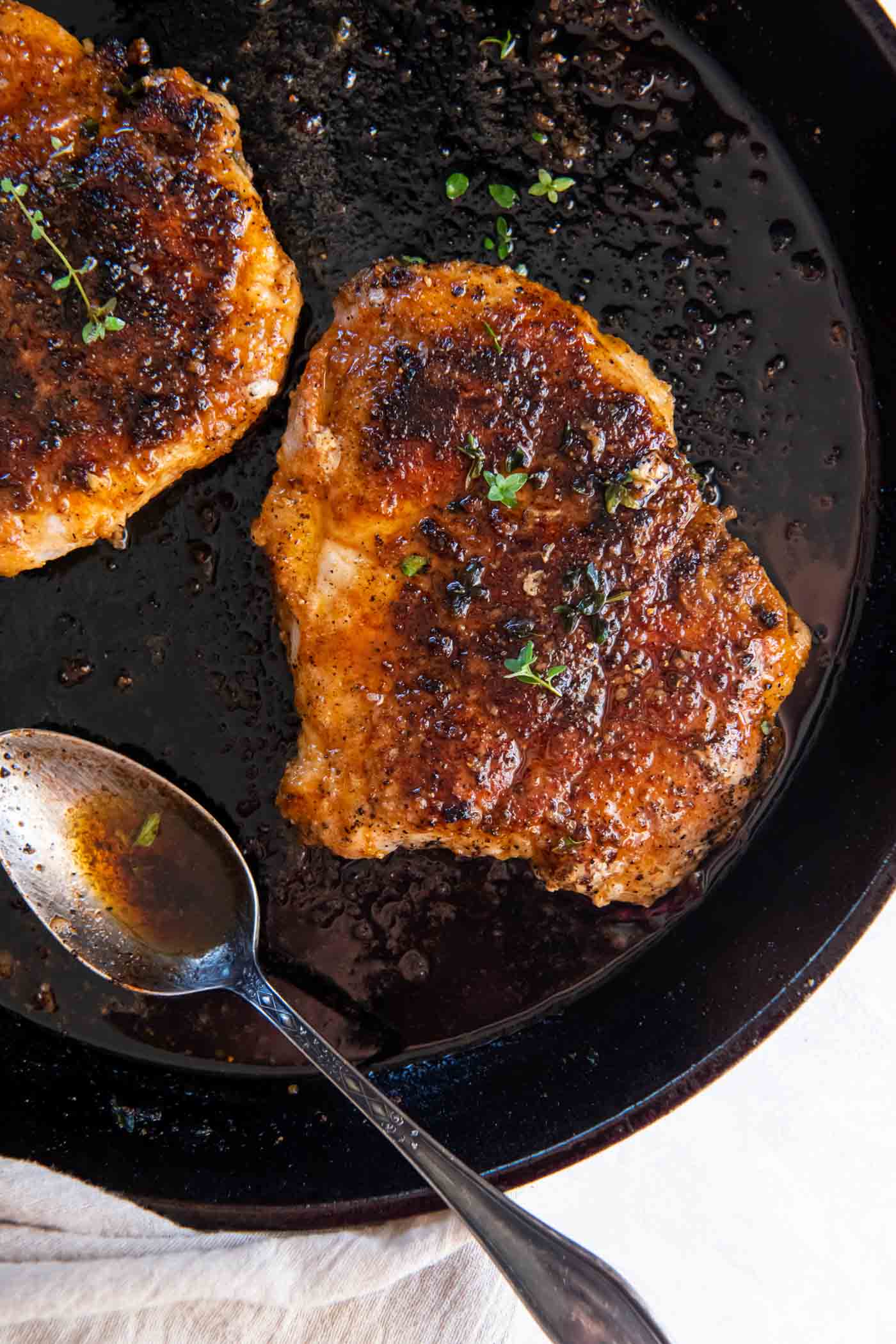
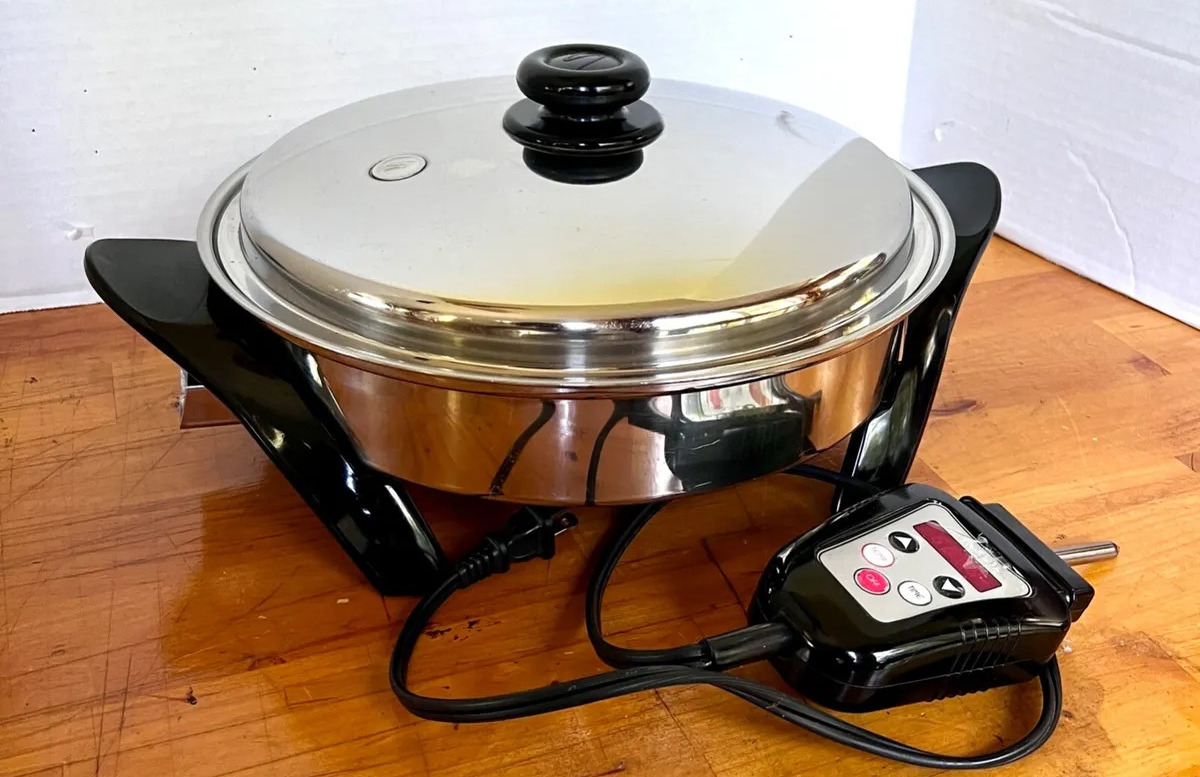
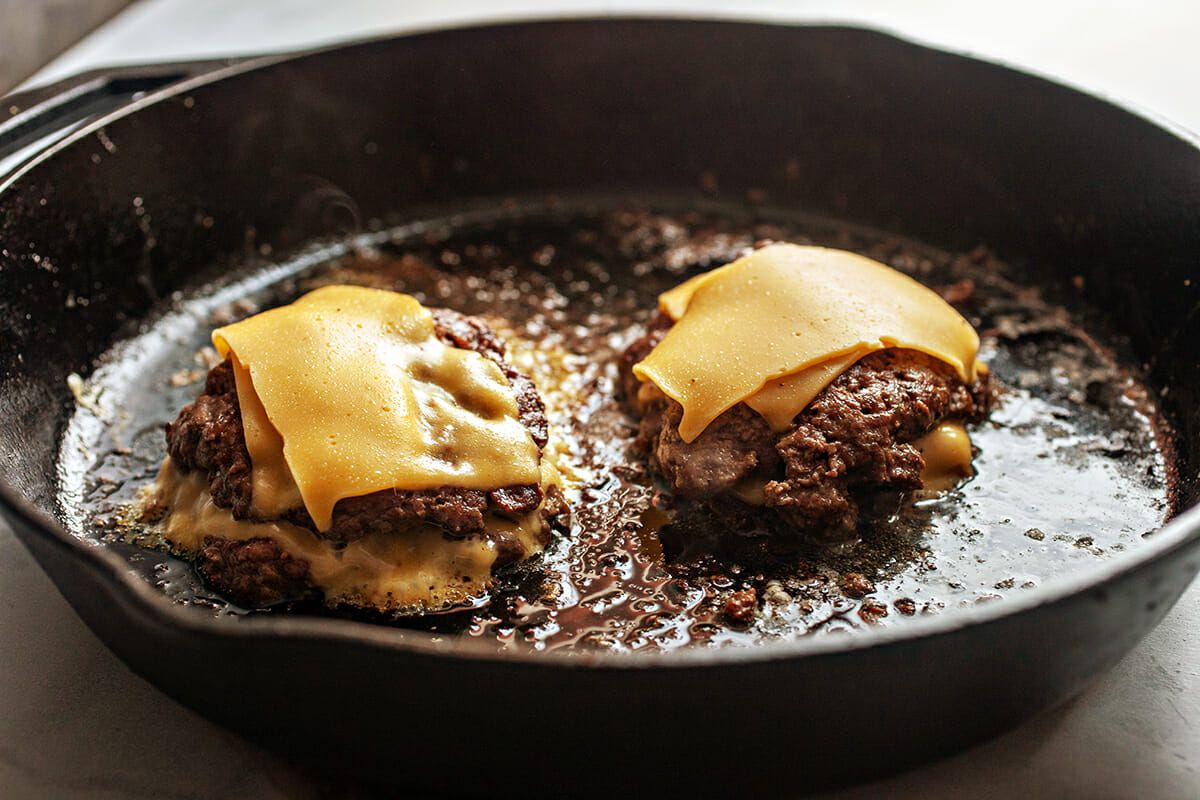
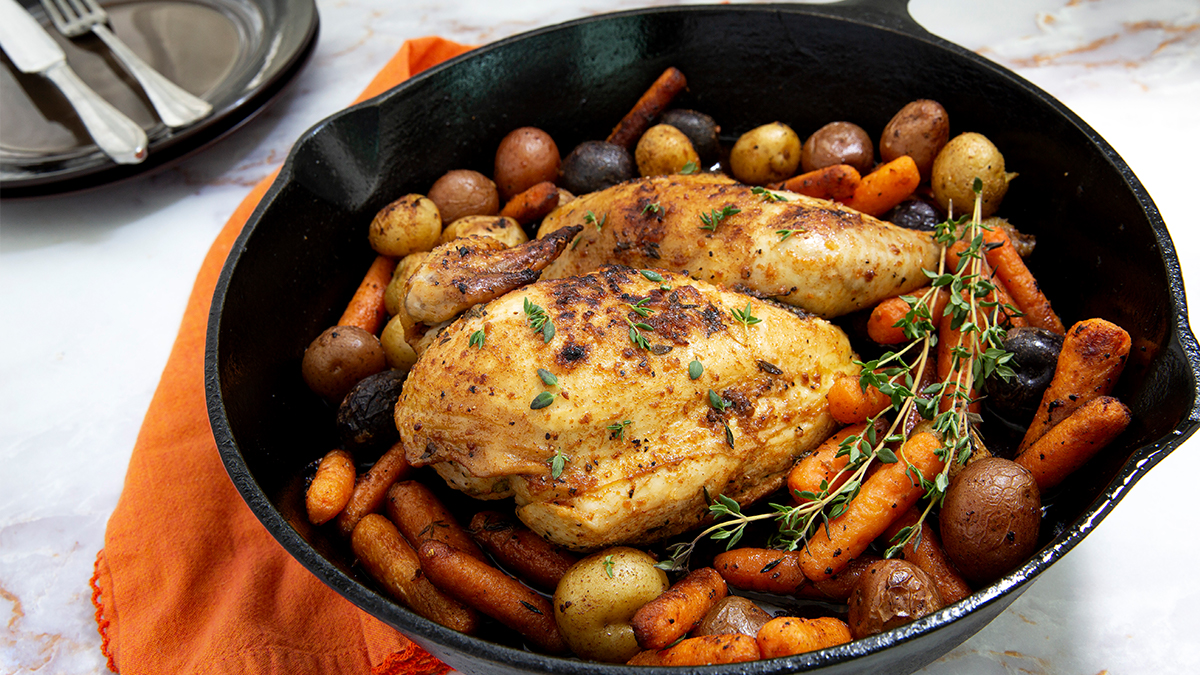

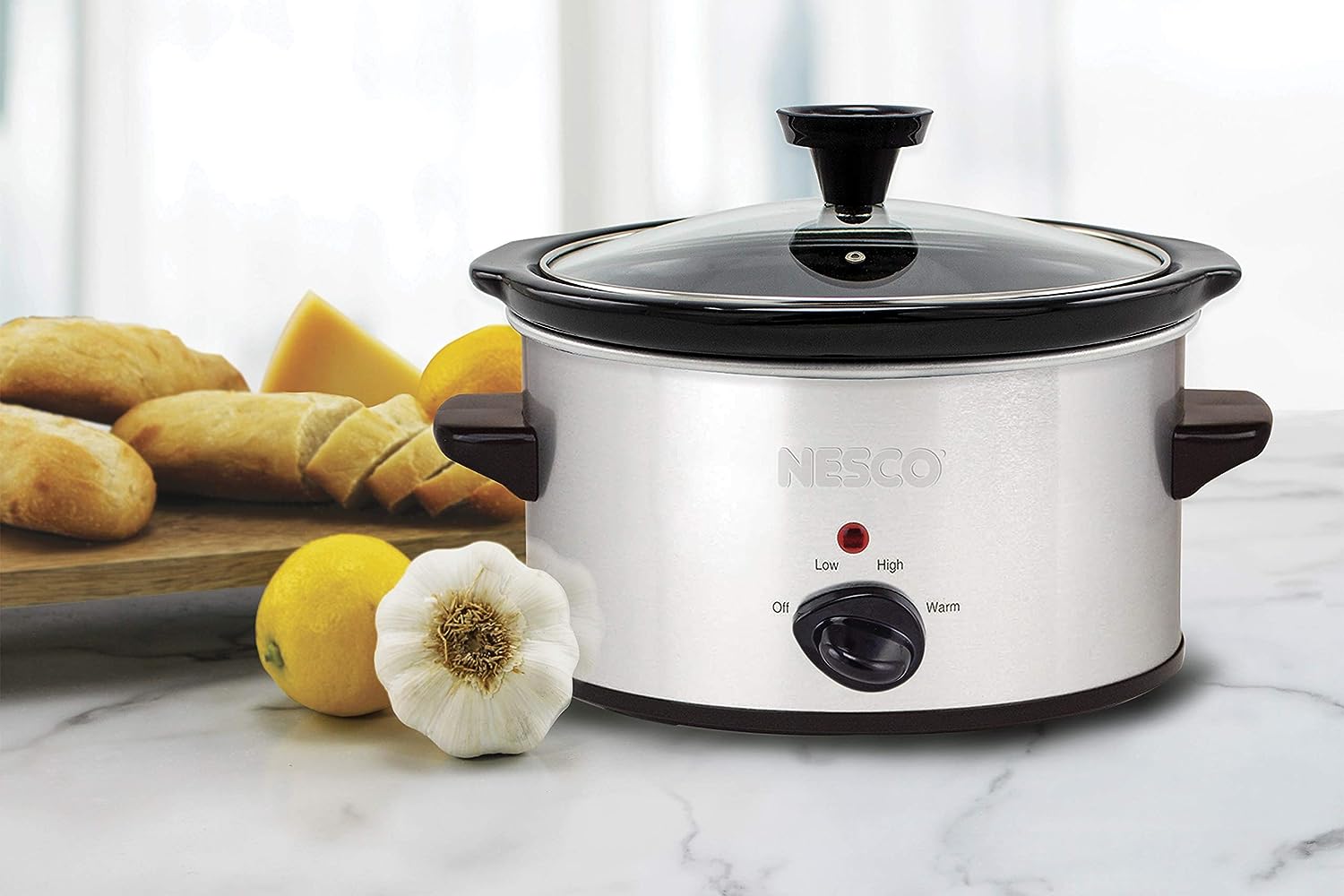
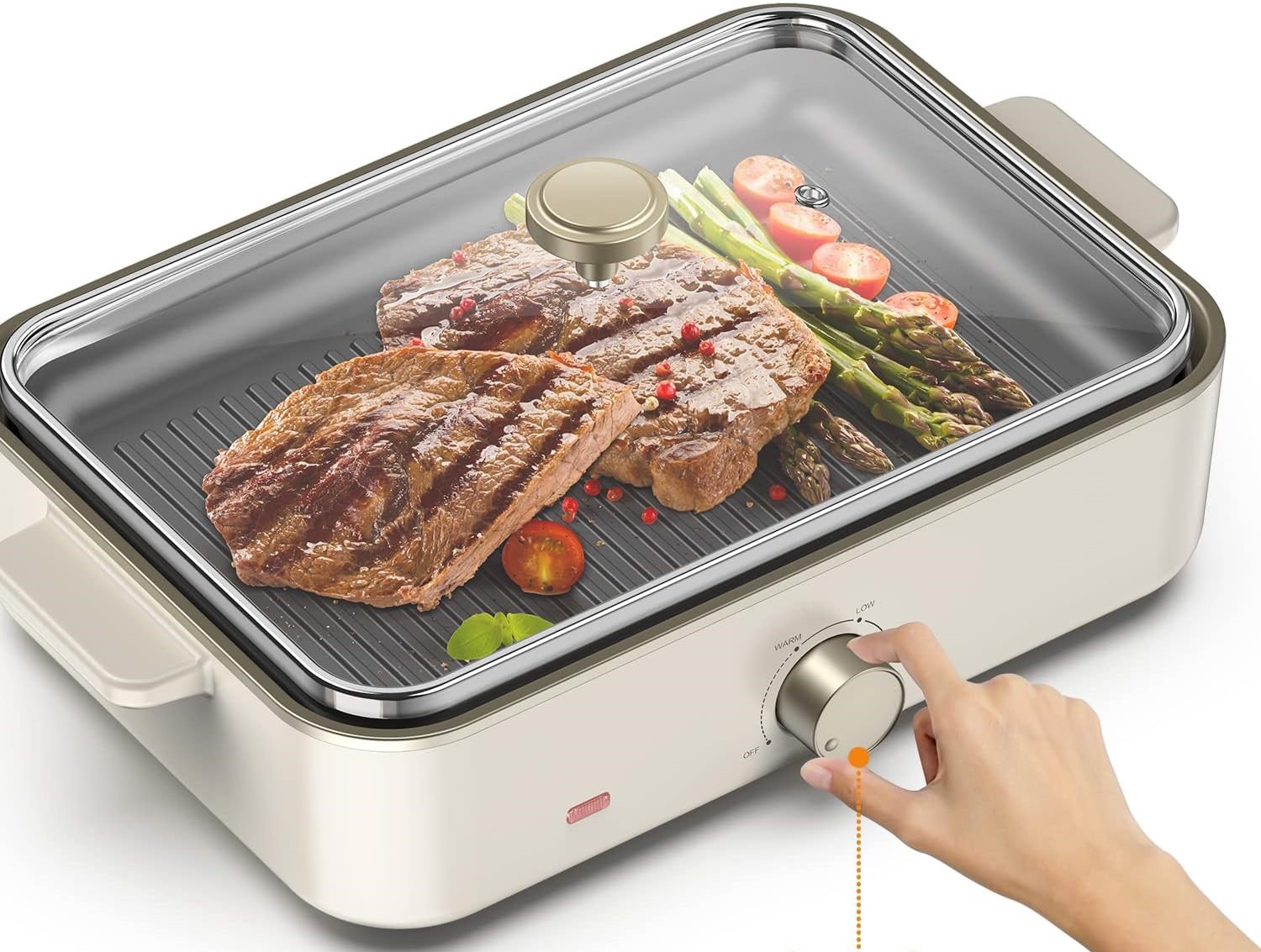
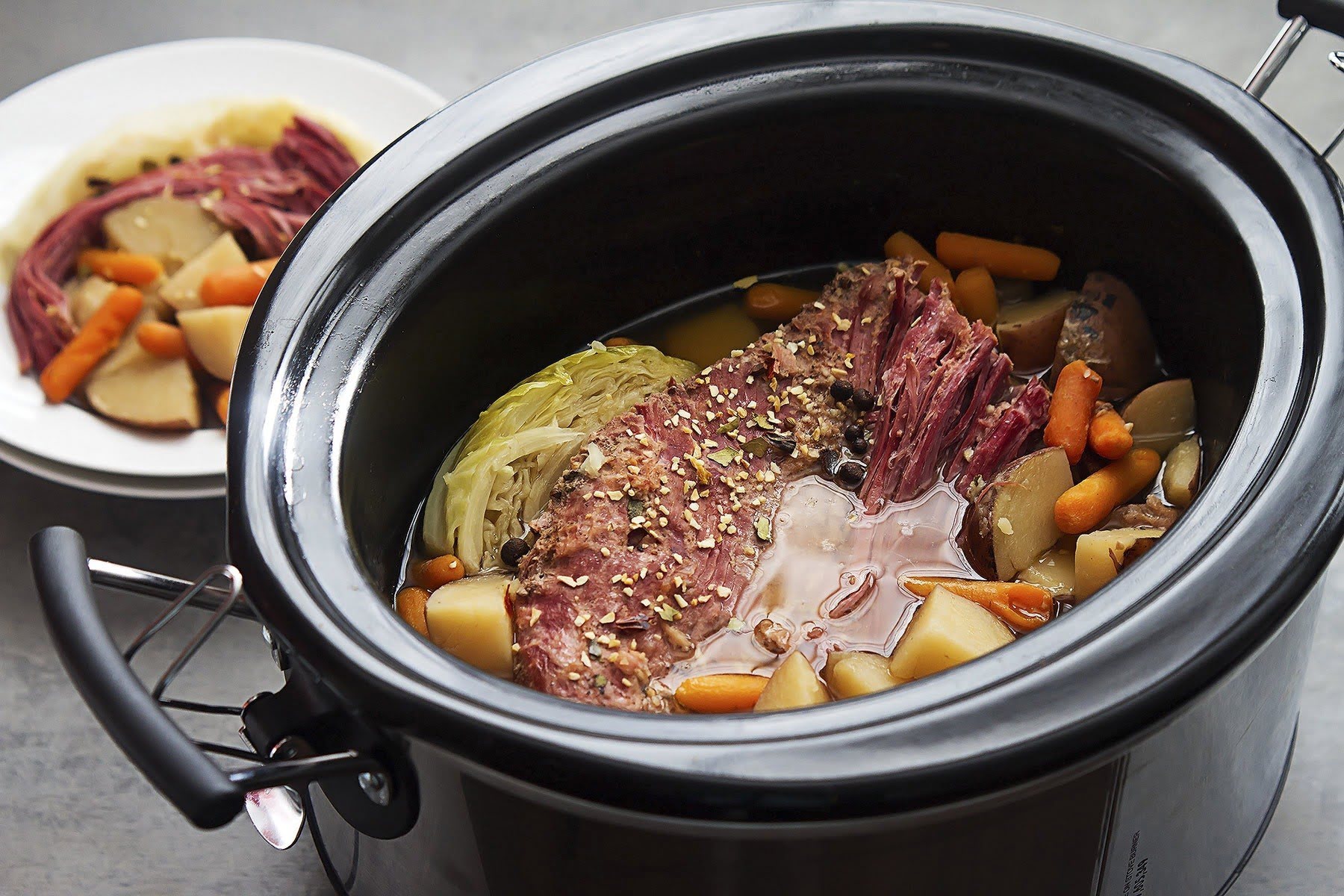

0 thoughts on “What Temperature For French Toast In Electric Skillet”